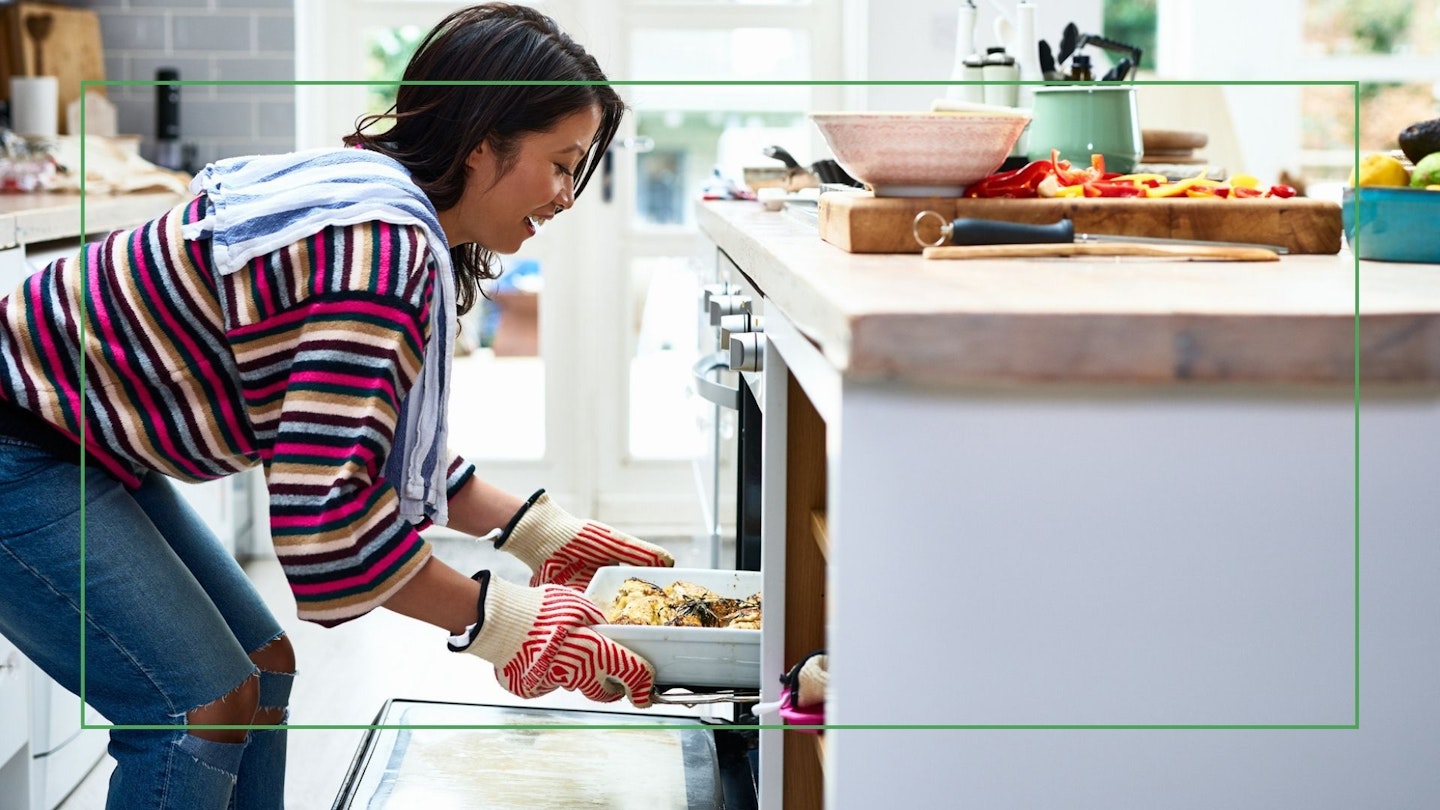Whether you are a passionate home cook, a brilliant baker, or love pure convenience, a good oven that fits your cooking style is an absolute must. Of course, choosing the best oven for a kitchen can be quite a commitment. If you're starting from scratch, are looking to renovate your kitchen, or even upgrade the stove you have now, there are so many models on the market today. Researching the infinite options available can get quite overwhelming. That is why we have created this buyer's guide to help you understand what types of ovens are out there and which one would fit your kitchen requirements best.
When it comes to how to choose an oven, there are a few factors to consider. How big do you want your oven? Would you like a double oven or a large single one? What fuel would you prefer, gas or electric, and what is the difference anyway? There is also your budget and whether you want an oven with a fitted hob to consider. Although it can seem like a lot to take in, we have broken down the different options available to fit your cooking style and preference to help you narrow down your search.
Prepare to be an oven expert as we give you the lowdown of all you need to know about this essential kitchen appliance.
What Should I Look For When Buying An Oven?
Size
Your oven size will depend on how often you will use it. A compact oven is around 45cm tall, and a single oven is about 60cm tall and is ideal for cooking for one or two people. For larger households, a double oven is a good choice. Generally, they will be 70-90cm tall.
Price
Buying an oven should be an investment that will last you for at least a decade or more. You can pay as little as £150 to well over £1,000 for the top-end premium brands with high-tech features. If you are looking for a decent oven that is practical and performs all the basic tasks, you should be able to find one for around £350.
Intregrated Vs Freestanding
Freestanding ovens or cookers are available in a wide range of sizes and are complete units with a stove on the top and an oven underneath. A freestanding oven is often a desirable choice for smaller kitchens. Intregrated ovens can be mounted to a wall or under the kitchen bench. If you are designing your kitchen and have more freedom, then this type of oven will suit a wide range of kitchen styles and layouts.
Proper Shelves And Doors
It is an advantage to have a range of shelf positions that give your oven versatility, especially when you plan to cook a few dishes at once. Ensure that the shelves sit flat and do not slide out and that the door is light and easy to operate.
What Are The Different Types Of Ovens?
Depending on your kitchen space and personal needs, you can choose between a freestanding cooker, and built-in single or double ovens.
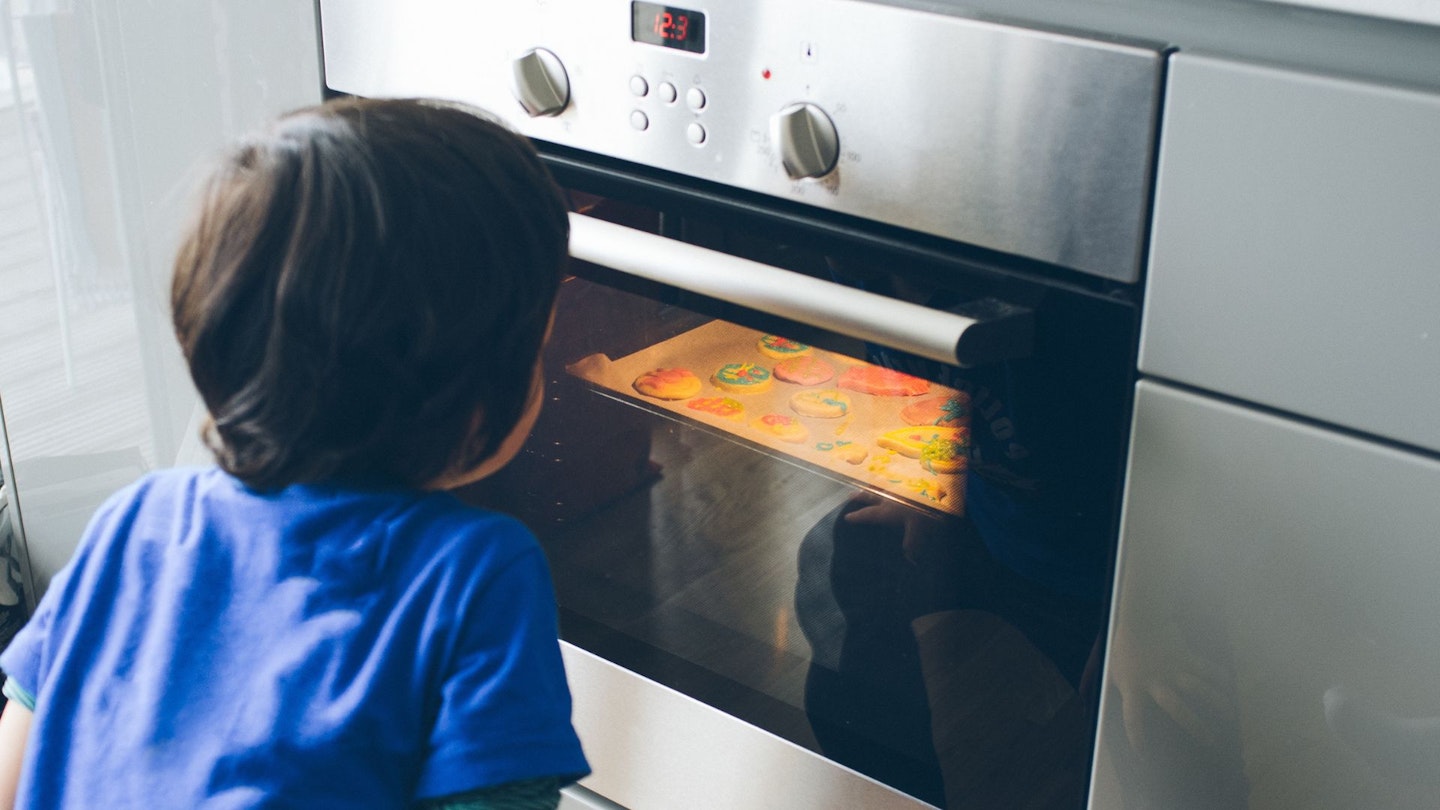
Single Ovens
Single ovens are a good option if you have a smaller kitchen or don't need much space. They are usually around 60cm tall and are a flexible choice as you can fit one under your worktop or at eye level.

Double Ovens
A double oven has two separate cooking compartments that can be set to different temperatures, times, and other settings like convection cooking. It works great for family cooking or for hosting a Sunday roast.
It would help to consider whether you want a built-in double oven or an under-the-counter model. Built-in double ovens are usually more spacious than smaller double ovens built under the counter. However, sometimes a larger single oven will offer more space for cooking multiple dishes at once.
A double-wall oven that often features two equally sized ovens offers twice the capacity of a single wall oven. They share a single control panel that allows you to bake, roast, or broil at two different temperatures simultaneously.
On the other hand, an under-counter double oven doesn't necessarily mean double the size. Some models come with a very small second oven - more suitable for grilling than cooking large dishes. You may find that you are better off with a large capacity single oven.
Double ovens tend to be quite old-fashioned and are decreasing in popularity, so you're less likely to find new models on the market. Nevertheless, If you enjoy hosting dinner parties, you may find two single ovens a more suitable option.
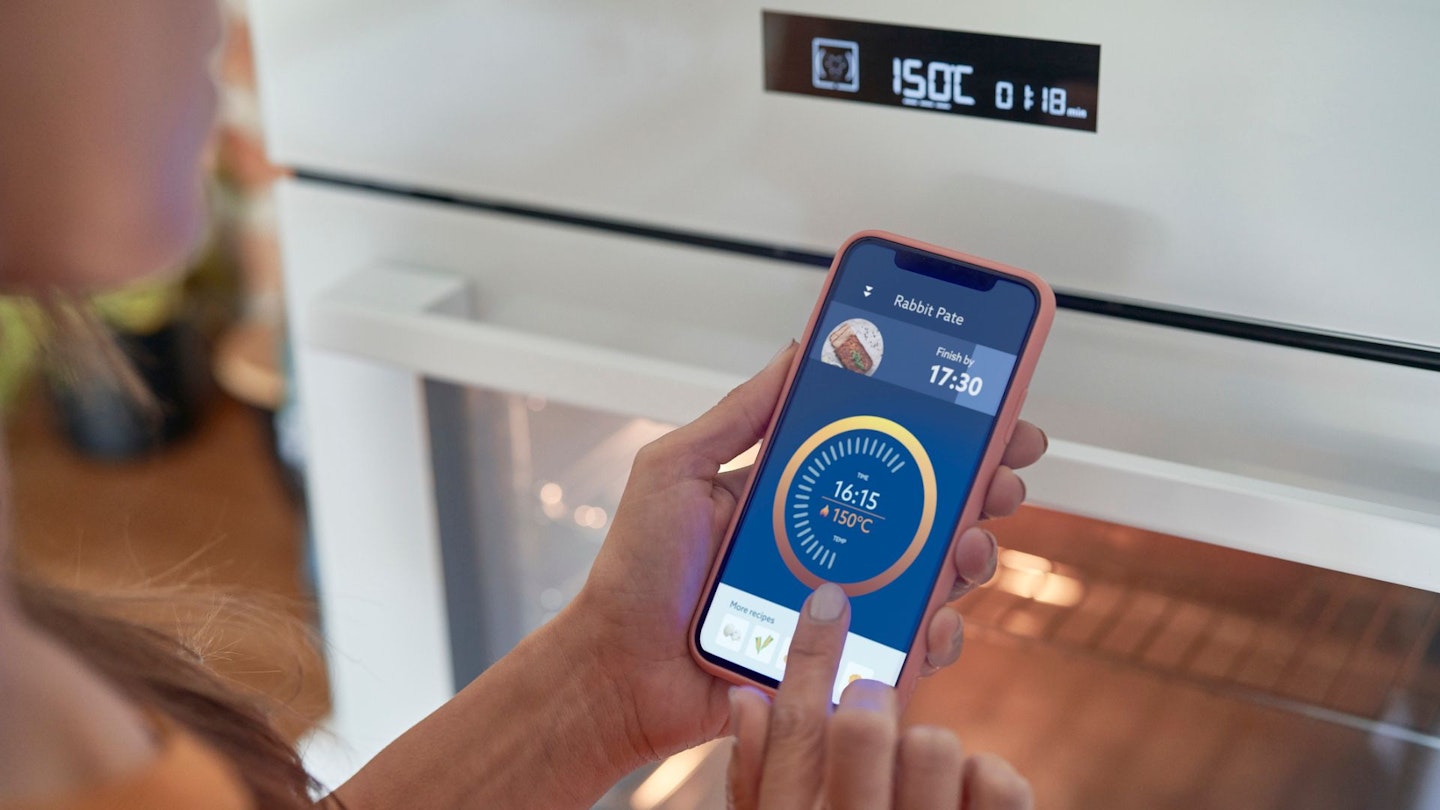
Smart Ovens
If you are looking for a new appliance to fit into your smart home, smart ovens can be integrated into your home set-up. Controlled by your smartphones or a remote using Wi-Fi or Bluetooth, these ovens can operate from a distance – so you could switch it on and off from wherever or even preheat it on your way home. Depending on the model and specific features, you can programme a smart oven to save your settings for next time, so your cooking programmes are custom-made to your liking. It also has settings specific to different foods, so there is no need to look up cooking times and temperatures. They can also still be used manually like a standard oven. Naturally, smart ovens are on the higher end of the spectrum.
What's The Difference Between A Cooker And An Oven?
A cooker is a freestanding oven with a hob built-in on the top. A built-in oven is fitted into a kitchen unit and is usually more convenient if you design your kitchen from scratch or upgrade it. They can be slotted under the counter or at eye level. In this case, you will need to buy a stovetop separately.
What To Consider When Buying An Oven And Cooker
There are two types of ovens: gas and electric. Let's look at the different types to help you narrow down your search.
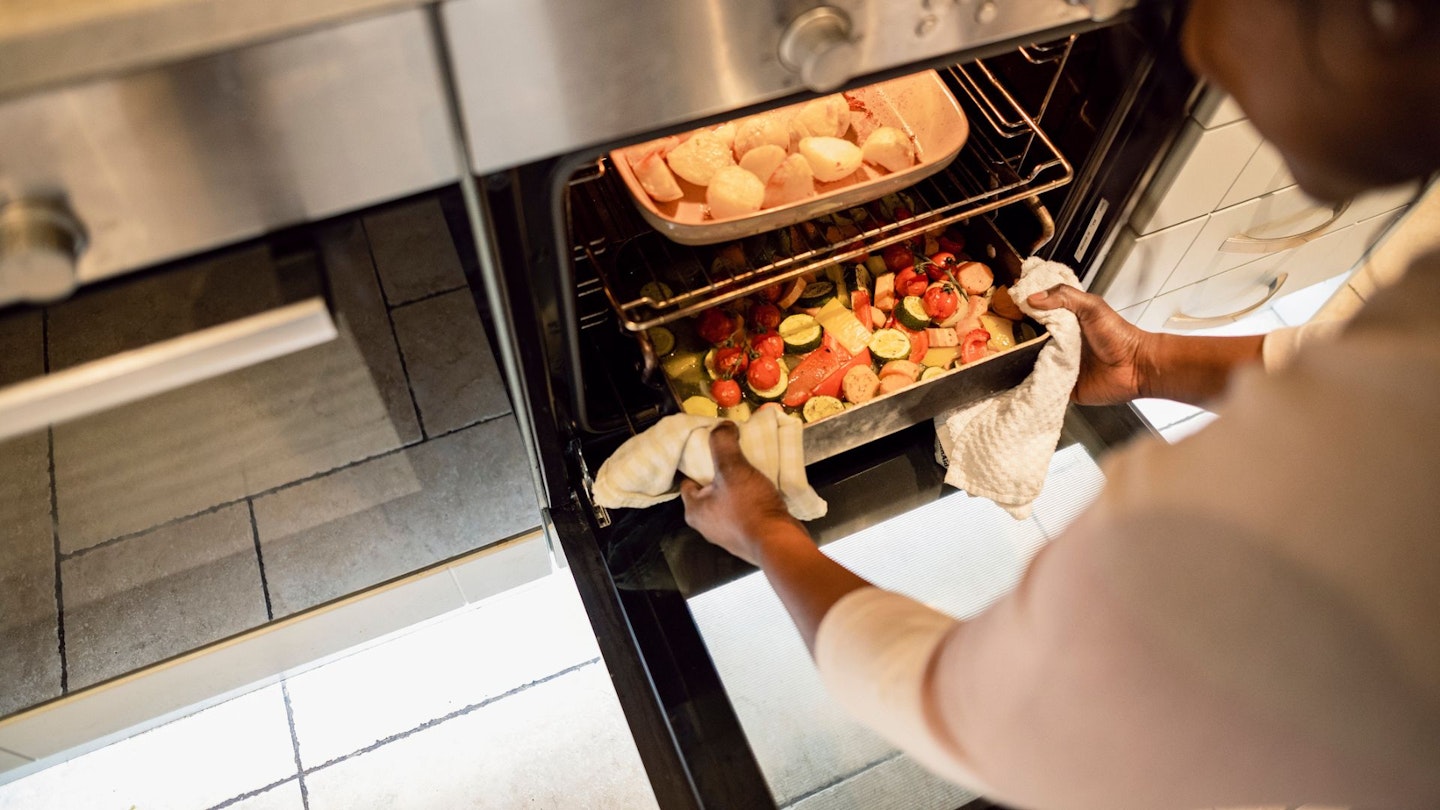
Electric Ovens
Fan-Operated Oven
The first type of electric oven we will look at is a fan-operated oven. Most electric ovens have an internal fan to circulate heat more evenly, so the temperature is the same throughout.
Pros
• Cooking is quicker
• You don't usually need to preheat
• You don't need to reposition shelves as the fan distributes heat evenly.
• Cooking times and temperatures are less than in traditional ovens
Cons
• Not as good for baking
• You need to use baking sheets, and low-sided cookware as this lets the air circulate around the food.
• It is necessary to check the food when cooking to adjust the time.
Conventional (Static) Oven
A conventional oven has two heating elements that heat the air inside the oven to cook the food. These are less widely available now and are generally found in basic models. The heating element at the bottom is mostly used for cooking and baking and the top is used for broiling. As the top and bottom parts work independently this makes it ideal for base crisping or browning the surface of some foods.
Pros
• Recipes will be cooked at the given time and tend to be very reliable.
• Good for baking
• It can be used for grilling or roasting and re-heating.
• You don't need to reposition shelves as the fan distributes heat evenly throughout.
• Cooking times and temperatures are less than in traditional ovens
Cons
• They tend to cook unevenly with hot and cold spots in the oven.
• You will need to switch around the food in the oven as the heat is not evenly distributed.
• Not as quick as fan-operated ovens
Multifunction Oven
This type of oven combines a fan and a conventional oven, providing maximum versatility. The functions can be used separately or simultaneously, depending on the food you cook. In some models, you can use the grill with the fan, which will provide a similar effect to a rotisserie. A multifunction oven is ideal for batch baking and traditional cooking - the best of both worlds.
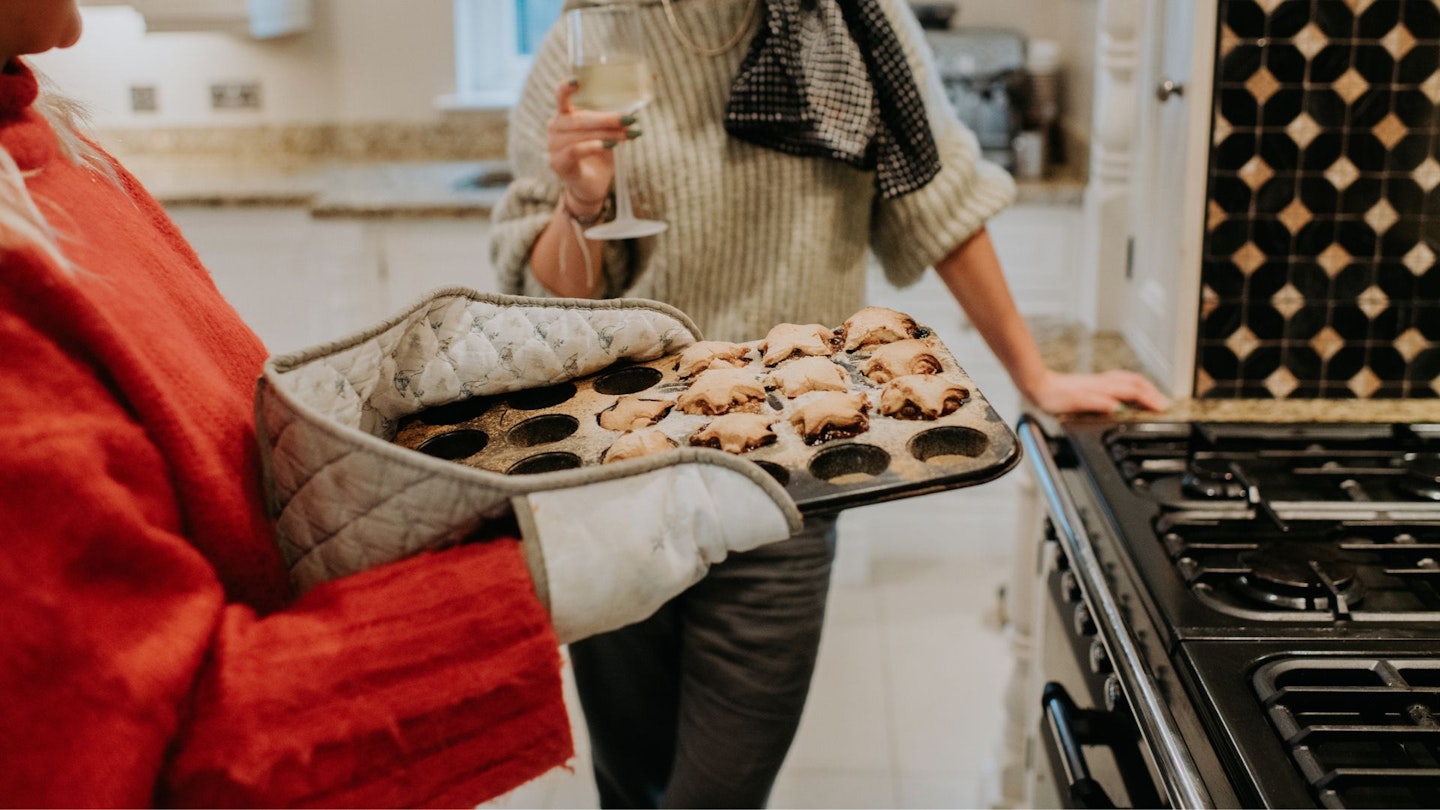
Gas Ovens
Conventional Gas Oven
Gas is a more moist form of heat than electricity. You will notice the results the most when baking. The final product will have a glossier appearance and a moist texture on the inside. With conventional gas ovens, the temperature in the middle relates to the selected gas mark, and the top part will be a bit hotter. The lower shelf will be slightly colder and the base cooler still.
Some imported gas ovens from Europe have burners that tend to be concealed under the base of the oven. Therefore, your food will be crisped from underneath. This is an excellent mode of cooking for things like pizza and pastries. However, don't use the base plate of the oven as a shelf. Cooking methods are similar to fan cooking as the heat is more evenly distributed throughout the oven, and cooking tends to be quicker than in conventional gas ovens.
Pros
• Excellent for baking as a gas oven reaches the required temperature quickly.
• Retained flavours and moist and fluffy food
• Good temperature control
• A gas oven is energy efficient and will save you on your energy bills.
Cons
• Cold and hot spots in the oven
• Despite the temperature control and the temperature range is better in a gas oven, it can fluctuate on and off.
• Gas ovens are quite safe to use. However, there is still the off chance of gas leakage if it malfunctions.
Dual Fuel Oven
If you can't decide between the two ovens, dual-fuel cookers are also available where a gas hob is combined with an electric oven.
Which Oven Is Better: Electric Or Gas?
Ultimately, the main differences and benefits between electric and gas depend on your preferences and desired cooking methods.
Although gas is cheaper in the long run, it does require specialist installation, whereas an electric model only needs an outlet.
In terms of the cooking method, gas ovens supply heat with more moisture than electric appliances, meaning the meal you cook, or bake will be moister. This is excellent for baking or cooking meat. On the other hand, electric ovens provide drier heat, giving you a crispier result. This is great for baking cookies or cooking vegetables and potatoes.
When it comes to the cooking temperature, electric ovens fare better for being more consistent and reliable. Electric ovens tend to distribute heat more evenly, particularly fan-assisted ovens. This allows the hot air to be circulated through the oven and cook everything evenly. Gas ovens heat up very fast, speeding up the overall cooking process as it reduces the time needed to preheat.
Overall, electric ovens are the best option if you are looking for easy, reliable cooking. Gas ovens are better if you want something more cost-effective, quick, and specialised.

What Are The Different Types Of Hobs On The Cooker?
If your oven comes fitted with a hob, then there are five hob types available in the UK, most of them you have likely seen and cooked with before: electric, ceramic, induction, gas, and gas on glass.
These fuel types will mean that you will need to buy different kinds of equipment such as pots and pans.
Have a think about what cookware will be suitable for the hob type. Many manufacturers put symbols on the bottom of their cookware to show which hob or heat source they will work with.
Electric and gas are the two classic forms of hob cooking styles. Electric hobs take a few minutes to heat up, whereas gas instantly provides heat via a flame.
Electric Solid-Plate Hob
If you buy a new oven model, it is unlikely that you will come across this type of hob as it is quite dated. However, there are still some available. You will usually find four hob rings that act like hot plates with an electric coil that heats them. This does mean that these hobs are not the most energy-efficient but are often cheaper than most other options.
Ceramic Hob
A ceramic hob has a smooth surface, heats up fairly quickly, and is easy to clean. The heat distribution isn't as good as other hobs, however.
Induction Hob
Induction hobs have a ceramic top, so they are easy to clean and are powered by creating a magnetic field between the element and the pan. This generates heat, which is concentrated on the pan, not the surface, making it very energy efficient. The downside to induction hobs is that you will likely need to buy more cookware as some pots and pans don't work on them.
Gas Hob
Gas is still the most popular choice for home cooks as the flame is visible, easy to control, fast, responsive and can be used with all pan types. Gas hobs generally have four burners, but some range cookers can have six or more. Gas hobs have been popular with professional chefs for decades as they are great for charring food on an open flame.
Gas On Glass
These are more or less the same as gas hobs, but the only difference is that the burners are mounted on a ceramic top.
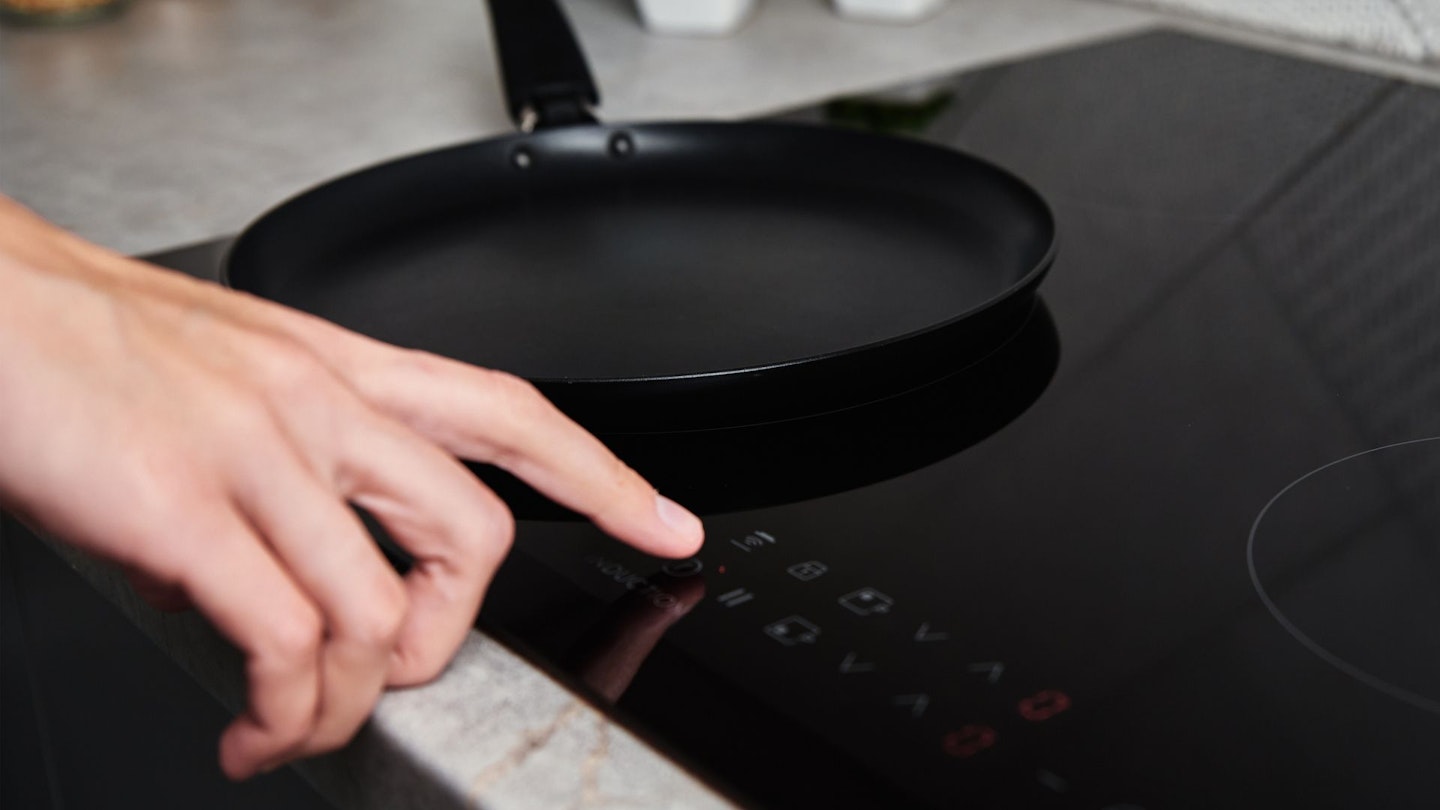
Which Hob Type Is The Best?
If you want something that looks sleek, is practical, and is easy to clean, then an induction hob would be a good pick. If it's something more traditional you are looking for, a gas hob has heat distribution and an open flame for charring.
Now that you understand what ovens are out there, figure out what features will serve your kitchen best to be sure you have chosen the right oven for you.
